Heb je hulp of advies nodig?+44 (0)1782 454499
VIDEO'S IN DEZE SERIE
Deze video is deel 2 van een serie in 3 delen:PRODUCTEN GEBRUIKT IN DIT PROJECT
Hoewel dit niet per se een uitputtende lijst is, werden de volgende gereedschappen en materialen, geleverd door Easy Composites, in dit project gebruikt.
De hoeveelheid die hieronder wordt weergegeven, is de geschatte hoeveelheid die in het project wordt gebruikt, afgerond naar de dichtstbijzijnde beschikbare kitgrootte of hoeveelheid.
MATERIALEN & VERBRUIKSARTIKELEN
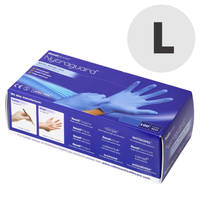
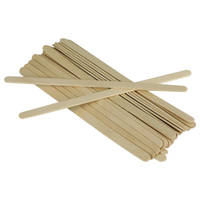
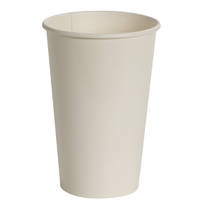
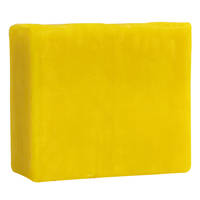
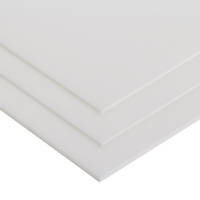
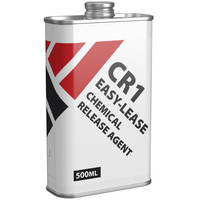
GEREEDSCHAP & UITRUSTING
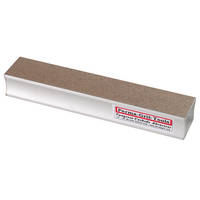
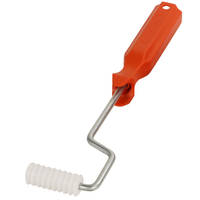
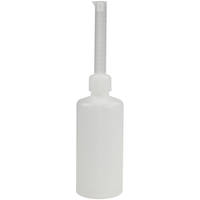
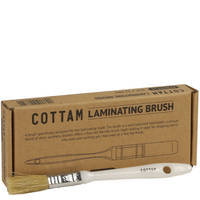
VIDEO HANDLEIDING
Hoe Maak je een Complexe, Gespleten/Meerdelige Mal voor Composieten
Volg deze stap-voor-stap handleiding om een composietpatroon te nemen en een precieze, meerdelige splitmal te maken voor glasvezel/GRP/FRP/composieten.
Als je een kopie wilt maken van een bestaand onderdeel (of origineel ontwerppatroon) in een composietmateriaal zoals glasvezel of koolstofvezel, dan moet je mallen maken van het originele onderdeel of patroon.
Soms betekent de vorm van het onderdeel dat je wilt kopiëren dat je geen eenvoudige mal uit één stuk kunt maken. In dat geval moet je een meerdelige 'gedeelde mal' maken die aan elkaar kan worden geschroefd om het onderdeel op te leggen en vervolgens kan worden losgeschroefd en uit elkaar gehaald om het onderdeel te verwijderen.
Als je niet bekend bent met de technieken voor het maken van een meerdelige mal, kan dit proces behoorlijk intimiderend zijn, maar in deze professioneel video tutorial nemen we je mee door het volledige proces, van begin tot eind, en laten we zien hoe je het beste een meerdelige splitmal kunt maken. In deze video maken we een 3-delige gedeelde mal voor het airboxpatroon dat we hebben gemaakt in onze training Composite Pattern Making.
UITSPLITSING TUTORIAL
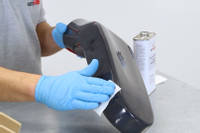
1. Schimmelwerende middelen
Tijdens het maken van mallen komt het vaak voor dat u uw originele onderdelen of patroon moet voorbereiden met een 'lossingsmiddel' om te voorkomen dat de nieuwe malmaterialen aan uw onderdeel blijven plakken of zelfs aan de nieuwe flenzen van andere onderdelen van de gesplitste mal. In deze handleiding gebruiken we Easy-Lease Chemical Release Agent voor een betrouwbare, gemakkelijke lossing.
INLEIDING
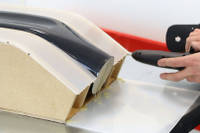
1. Werken met tijdelijke barrières
Op verschillende momenten tijdens het maken van de mal moeten we tijdelijke barrières plaatsen rond ons patroon of onderdeel om flenzen te maken op de malsecties en om splitlijnen te maken die we nodig hebben. Tijdelijke barrières kunnen worden gemaakt met behulp van Fluted Sign Board (zoals we deden in deel 1 van onze Carbon Fibre Bonnet Making tutorial), of met behulp van een gladder, steviger materiaal zoals de polypropyleenplaat die we in deze tutorial gebruiken.
Over het algemeen worden bij het maken van splitmallen tijdelijke barrières gebruikt om de flenzen voor een deel van de mal te maken, maar deze worden verwijderd zodra dat deel van de mal is uitgehard, zodat het volgende deel van de splitmal de nieuwe flens van het eerste deel van de mal kan gebruiken als barrière om zijn eigen flens te maken. Dit zorgt ervoor dat de verschillende delen van de mal perfect samenkomen. Wanneer de flens van een vorig deel van de mal wordt gebruikt als barrière om de flens van een nieuw deel te maken, is het natuurlijk heel belangrijk om meerdere lagen lossingsmiddel op de flenzen aan te brengen (alsof het een nieuwe mal is).
UITSPLITSING TUTORIAL
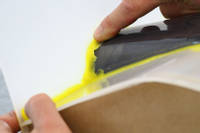
1. Fileerwas gebruiken
Tijdens het hele proces wordt fileerwas gebruikt om openingen tussen barrières en het onderdeel op te vullen en om zachtere radii te creëren waar dat nodig is. Fileerwas wordt ook gebruikt om 'registratiepunten' te maken die op barrières of flenzen worden geplaatst om bijpassende mannelijke en vrouwelijke nokken te maken die helpen om de verschillende delen van de mal nauwkeurig te lokaliseren, zodat ze perfect op elkaar aansluiten.
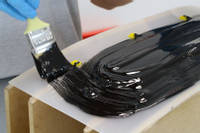
2. Uni-Mould materialen voor het maken van mallen
In deze tutorial worden alle drie de delen van de meerdelige mal gemaakt met behulp van ons Uni-Mould Universal Mould Making System. Uni-Mould is een speciaal gereedschapssysteem dat compatibel is met de breedst mogelijke reeks processen, betrouwbaar loslaat van de meeste materialen inclusief polyester, vinylester en epoxy patronen en vervolgens gebruikt kan worden om onderdelen te maken met elk van deze harssystemen.
We verkopen het Uni-Mould systeem in een complete starterkit inclusief alle harsen, katalysator, gehakt glas en lamineergereedschap of alle individuele onderdelen kunnen apart worden gekocht. Voor gedetailleerde informatie over het gebruik van het Uni-Mould systeem zie onze Uni-Mould Voordelen en Lamineerhandleiding PDF.
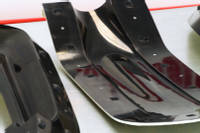
3. Gebruik met prepregs
Hoewel het mogelijk is om Uni-Mould mallen te gebruiken met prepregs die buiten de autoclaaf (ovenhardend) zijn gemaakt (zoals XPREG® XC110), raden we Uni-Mould mallen niet langer aan voor dit doel.
In plaats daarvan - voor prepreg gebruik - worden betere resultaten bereikt met hoge temperatuur epoxy matrijzen gemaakt met behulp van ons EG160 / EMP160 gereedschapssysteem of XPREG® XT135 Tooling Prepreg. Met deze hoge temperatuur epoxy gereedschapssystemen kan de prepreg worden uitgehard op de optimale temperatuur van 120°C. Dit verkort de uithardingstijd en verbetert de mechanische eigenschappen van het onderdeel. Bovendien blijkt epoxygereedschap te resulteren in een betere oppervlakteafwerking met prepregs zoals XPREG® XC110.
DISCUSSIE (18)
Laat het ons weten als je vragen of opmerkingen hebt over deze videotutorial.
LAAT EEN OPMERKING OF VRAAG ACHTER
PRODUCTEN GEBRUIKT IN DIT PROJECT
Hoewel dit niet per se een uitputtende lijst is, werden de volgende gereedschappen en materialen, geleverd door Easy Composites, in dit project gebruikt.
De hoeveelheid die hieronder wordt weergegeven, is de geschatte hoeveelheid die in het project wordt gebruikt, afgerond naar de dichtstbijzijnde beschikbare kitgrootte of hoeveelheid.
MATERIALEN & VERBRUIKSARTIKELEN






GEREEDSCHAP & UITRUSTING




DISCUSSIE (18)
Laat het ons weten als je vragen of opmerkingen hebt over deze videotutorial.
LAAT EEN OPMERKING OF VRAAG ACHTER
100% BEVEILIGD
BETALINGSMETHODEN
Easy Composites EU B.V., geregistreerd in Nederland 73601195. Alle inhoud auteursrechtelijk beschermd (C) Easy Composites Ltd, 2025. Alle rechten voorbehouden.